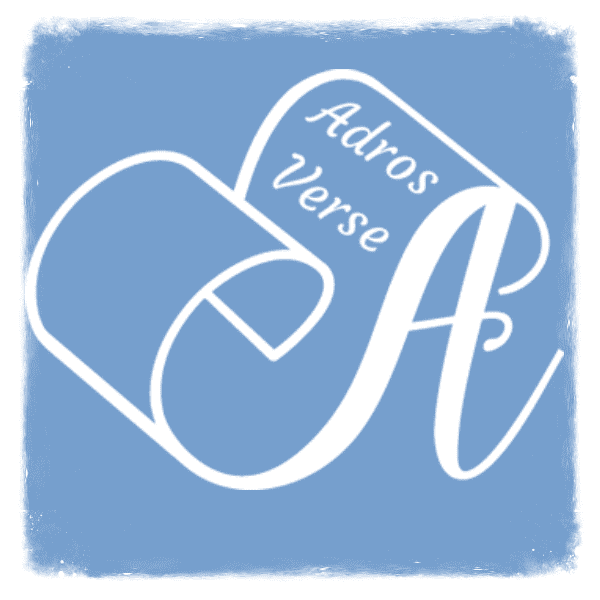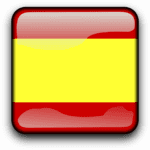A liaison occurs in French when a word that normally ends with a silent consonant is followed by a vowel or a mute “h” (but not an aspirated “h”). In this case, the final consonant is pronounced.
For example, the word “trois” (three) on its own is pronounced /tяwa/, where the final “s” is silent.
However, in the phrase “trois amis” /tяwaz a-mee/ (three friends), the final “s” in “trois” is pronounced as a “z” sound. Here are some more liaison examples:
| les /le/ (the – plural) | les amis /lez a-mee/ (the friends) |
| un /ĩ/ (a/an) | un homme /ĩn om/ (a man) |
| vous /voo/ (you) | vous avez /vooz a-ve/ (you have) |
| très /tяe/ (very) | très utile /tяez µ-teel/ (very useful) |
| Je suis /j(ə) swee/ (I am/have) | Je suis allé /j(ə) sweez a-le/ (I have gone) |
| Il est /eel e/ (He is) | Il est ici /eel et ee-see/ (He is here) |
Exceptions
There are a few cases in which a liaison is prohibited. A liaison is prohibited before the following:
1. An aspirated “h,” e.g., “les héros” /le e-яo/ (the heroes), “en haut” /ã o/ (up or on top), etc.
2. The words “oui” (yes) and “onze” (eleven), e.g., “les onze ans” /le õz ã/ (the eleven years).
A liaison is generally avoided or prohibited after the following:
1. The conjunction “et” (and), e.g., “adultes et enfants” /a-dµlt e ã-fã/ (adults and children), “fort et utile” /foя e µ-teel/ (strong and useful), etc.
2. The word “toujours” (always), e.g., “toujours ici” /too-jooя ee-see/ (always here).
3. Singular nouns, e.g., “éléphant énorme” /e-le-fã e-noяm/ (huge elephant), “chat amical” /sha a-mee-kal/ (friendly cat), etc.
4. Proper nouns, e.g., “Robert est là” /яo-beя e la/ (Robert is there).
Understanding all liaison cases in French can be complicated and may require some deep linguistic knowledge. Nevertheless, you simply need to recognize it when applied in normal speech. The above cases provide a good starting point and summary on the uses of liaisons.
Next: Syllable Stress in French
Other lessons in Level I:










